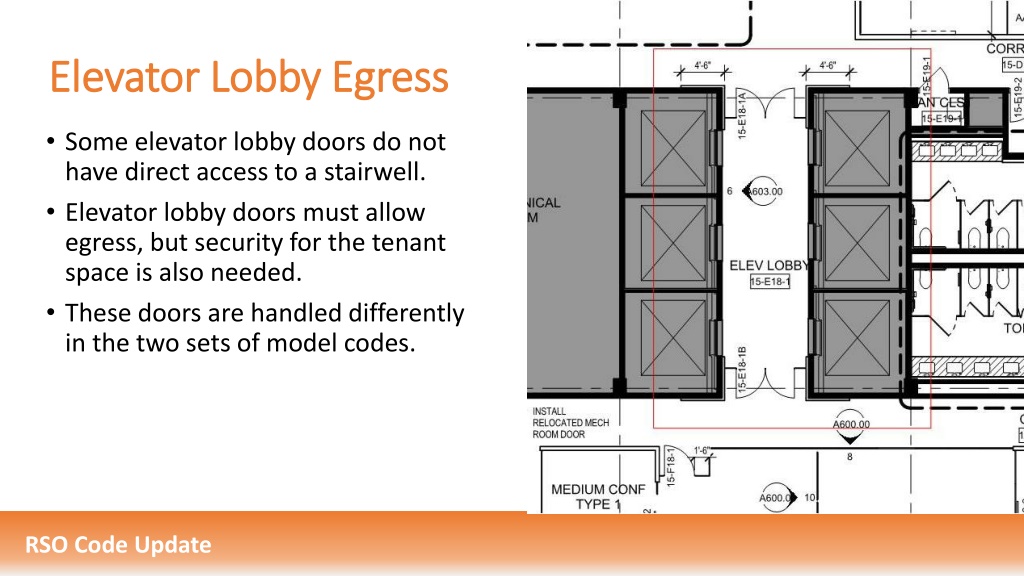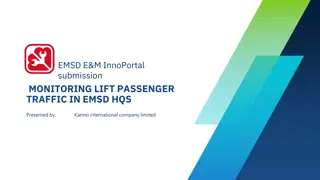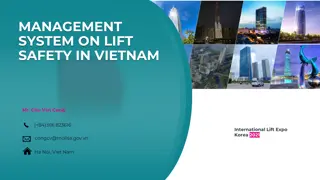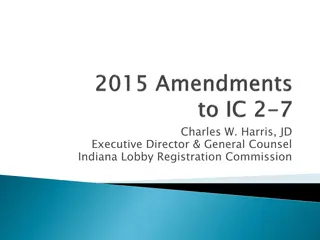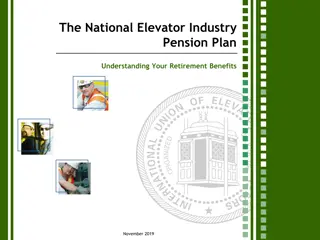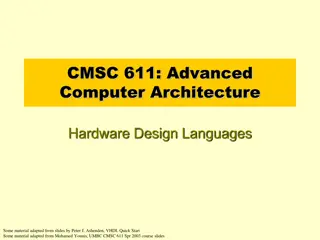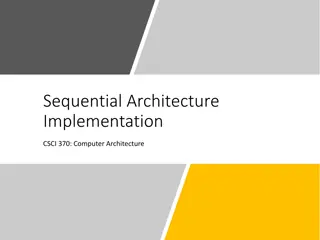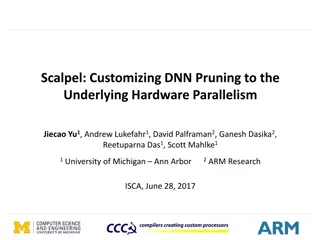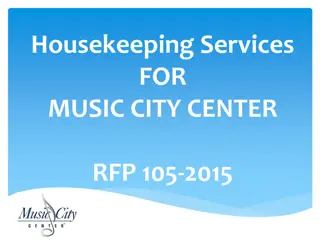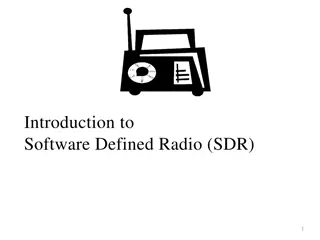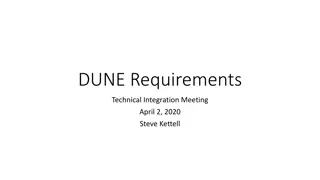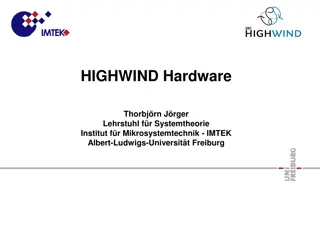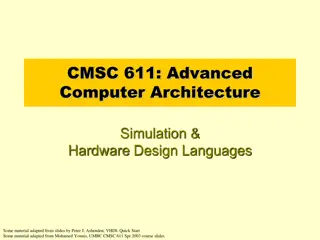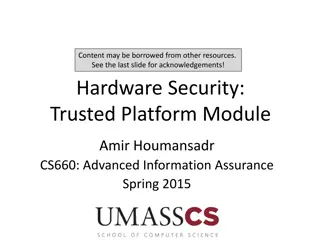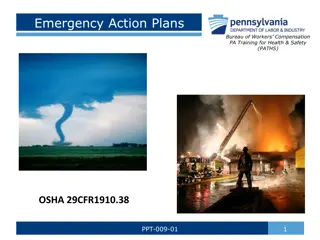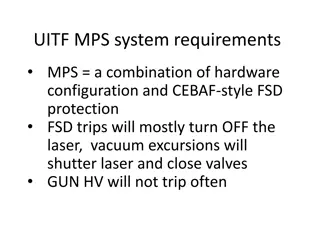Elevator Lobby Egress Requirements and Hardware Guidelines
Elevator lobby doors serve as crucial points for egress and security in buildings. Different model codes such as NFPA 101, IBC 2021, and new 2024 IBC sections outline specific requirements for these doors. They must be equipped with fail-safe hardware, such as electromagnetic locks, to automatically unlock in emergency situations. Compliance with fire safety measures, automatic unlocking mechanisms, and two-way communication systems are essential to ensure occupant safety and code adherence.
Download Presentation

Please find below an Image/Link to download the presentation.
The content on the website is provided AS IS for your information and personal use only. It may not be sold, licensed, or shared on other websites without obtaining consent from the author. Download presentation by click this link. If you encounter any issues during the download, it is possible that the publisher has removed the file from their server.
E N D
Presentation Transcript
Elevator Lobby Egress Elevator Lobby Egress Some elevator lobby doors do not have direct access to a stairwell. Elevator lobby doors must allow egress, but security for the tenant space is also needed. These doors are handled differently in the two sets of model codes. RSO Code Update
NFPA 101 NFPA 101 Elevator lobby exit Elevator lobby exit access door assemblies locking access door assemblies locking Doors may be electrically locked where permitted by the applicable occupancy chapter Building must be protected throughout by a fire alarm and sprinkler system and lobby must be protected by a smoke detection system (refer to code for specifics) Doors must be automatically unlocked by: Initiation of fire alarm system (except by pull station) unlocked until system is reset Loss of power to the elevator lobby electrical locking system If doors remain latched, must have code-compliant latch-releasing hardware Two-way communication system in lobby to a constantly-staffed central control point, with staff capable, trained, and authorized to provide emergency assistance. RSO Code Update
IBC IBC - - 2021 and prior 2021 and prior 3006.4 Means of egress. Elevator lobbies shall be provided with not less than one means of egress complying with Chapter 10 and other provisions in this code. Egress through an enclosed elevator lobby shall be permitted in accordance with Item 1 of Section 1016.2. Security limited to: Delayed egress locks (most use groups) Exit alarms Or corridor leading from elevator lobby to stairwell RSO Code Update
2024 IBC new section requirements 2024 IBC new section requirements Path of travel for all occupants to at least two exits must not be required to pass through the elevator lobby. Building must be equipped with an automatic sprinkler system AND a fire alarm system. Elevator lobby must be provided with an automatic smoke detection system. Door must immediately unlock via: Activation of the fire alarm system by other than a pull station (unlocked until FA system is reset) Loss of power Remote switch located at the fire command center, security station, or other approved location. Two-way communication system required in the elevator lobby, adjacent to the door with the electrified hardware. Must be connected to an approved constantly attended station that has the capability of unlocking the door. Emergency lighting required on both sides of the door. Locking system units must be listed to UL 294. RSO Code Update
Which hardware? Which hardware? Fail safe, to automatically unlock If doors are fire rated, must remain latched Options: Electromagnetic locks with or without latching hardware as required Fail safe electromechanical locks Fail safe electric strikes if doors are not fire doors Fail safe trim for fire exit hardware (not common) RSO Code Update
